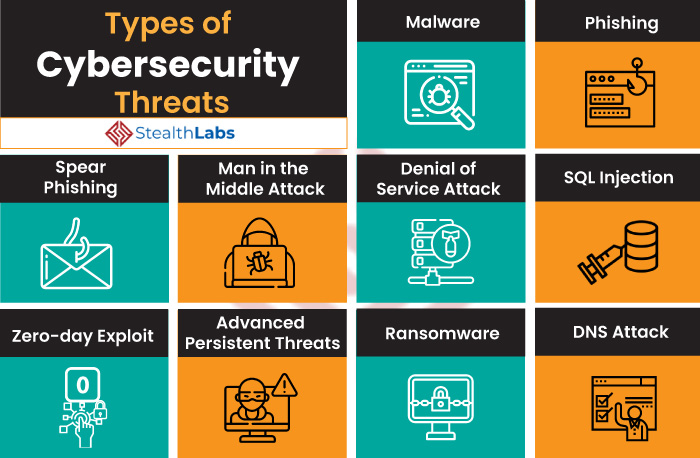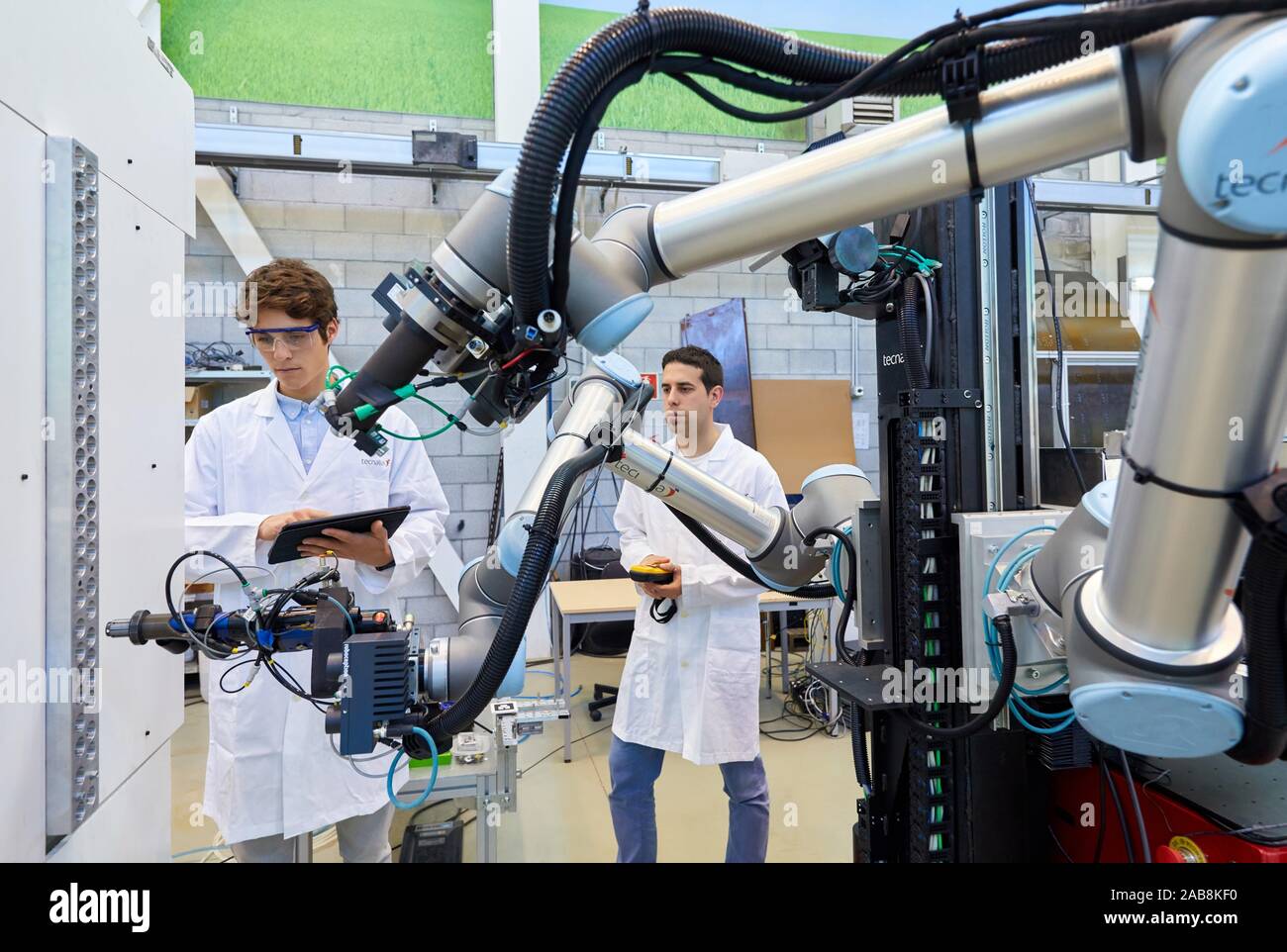Revolutionary 5 Smart Agriculture Technologies Transforming Farming
Revolutionary 5 Smart Agriculture Technologies Transforming Farming
Related Articles: Revolutionary 5 Smart Agriculture Technologies Transforming Farming
- Revolutionary 5 Ways Mixed Reality Is Transforming Immersive Experiences
- Revolutionary 5 Ways Sustainable Materials Transform Tech Manufacturing
- Revolutionary Tech: 5 Crucial Ways Technology Transforms Disaster Management
- Revolutionary 500-Mile Range: Electric Vehicle Battery Breakthroughs
- Revolutionary 7 Ways Advanced Robotics Transform Manufacturing
Introduction
With enthusiasm, let’s navigate through the intriguing topic related to Revolutionary 5 Smart Agriculture Technologies Transforming Farming. Let’s weave interesting information and offer fresh perspectives to the readers.
Table of Content
Revolutionary 5 Smart Agriculture Technologies Transforming Farming

The global population is rapidly expanding, placing an unprecedented strain on our food production systems. Traditional farming practices are struggling to keep pace with the rising demand for food, while simultaneously facing challenges like climate change, resource depletion, and labor shortages. Fortunately, a revolution is underway, driven by the transformative power of smart agriculture technologies. These innovative solutions offer a pathway towards a more sustainable, efficient, and resilient food system. This article will explore five key technologies that are reshaping the agricultural landscape, highlighting their potential benefits and the challenges that need to be addressed for widespread adoption.
1. Precision Farming with GPS and GIS:
Precision farming utilizes technology to optimize resource allocation and improve crop yields. At its core lies the integration of Geographic Information Systems (GIS) and Global Positioning Systems (GPS). GPS allows farmers to precisely track the location of their equipment in the field, enabling variable rate application of inputs such as fertilizers, pesticides, and water. This targeted approach minimizes waste, reduces environmental impact, and improves resource efficiency. Instead of applying the same amount of fertilizer across an entire field, for example, precision farming allows farmers to adjust the application rate based on soil nutrient levels, which vary significantly across even relatively small areas. This is achieved through soil sampling and analysis, coupled with GIS mapping to create a detailed picture of the field’s characteristics.
The data collected through GPS and sensors are then analyzed using sophisticated software, allowing farmers to make data-driven decisions. This can include identifying areas requiring specific attention, optimizing planting schedules, and predicting potential problems before they arise. For instance, sensors can detect early signs of disease or stress in plants, allowing for timely intervention and preventing widespread crop damage. Furthermore, GPS-guided machinery enables automated planting, spraying, and harvesting, significantly reducing labor costs and improving efficiency. The integration of drones and aerial imagery further enhances the capabilities of precision farming, providing a bird’s-eye view of the field and allowing for the detection of issues that might be missed from ground level. This holistic approach to farm management maximizes yields while minimizing resource consumption and environmental impact.
However, the adoption of precision farming requires significant upfront investment in technology and expertise. Farmers need access to suitable equipment, software, and training to effectively utilize these technologies. Data management and analysis can also be complex, requiring specialized skills and resources. Furthermore, the cost of high-resolution imagery and data analysis can be prohibitive for small-scale farmers. Addressing these challenges through targeted support programs, affordable technology solutions, and improved access to training is crucial for ensuring that the benefits of precision farming are accessible to all farmers, regardless of their size or resources.
2. The Internet of Things (IoT) in Agriculture:
The Internet of Things (IoT) is rapidly transforming agriculture by connecting various devices and sensors throughout the farm, creating a network that collects and transmits data in real-time. This data can include everything from soil moisture levels and temperature to crop growth rates and weather patterns. By connecting sensors to the cloud, farmers can monitor their fields remotely, receiving alerts about potential problems and making timely interventions. IoT sensors can be deployed in various locations across the farm, providing a comprehensive overview of the farming operation.
For example, smart irrigation systems can monitor soil moisture levels and automatically adjust watering schedules, preventing water waste and optimizing crop growth. Similarly, smart greenhouses can monitor temperature, humidity, and light levels, creating an optimal growing environment for crops. This precise control over environmental factors can significantly improve yields and reduce the impact of environmental stresses. The data collected by IoT devices can also be used to optimize resource allocation, predict yields, and improve decision-making. By integrating data from various sources, farmers can gain a more holistic understanding of their farming operations and improve efficiency.
However, the implementation of IoT systems requires careful planning and management. Data security is a crucial consideration, as the collection and transmission of sensitive data raises concerns about privacy and potential breaches. The integration of various devices and platforms can also be complex, requiring expertise in software and hardware. Moreover, the cost of deploying and maintaining IoT systems can be significant, especially for small-scale farmers. Overcoming these challenges requires robust data security measures, standardized protocols for data exchange, and affordable technology solutions.
3. AI and Machine Learning in Crop Management:
Artificial intelligence (AI) and machine learning (ML) are revolutionizing agriculture by automating tasks, analyzing vast amounts of data, and improving decision-making. AI-powered systems can analyze images from drones or satellites to identify diseased or stressed plants, weeds, or even individual fruits, allowing for targeted interventions. This precision approach minimizes the use of pesticides and herbicides, reducing environmental impact and improving sustainability. AI algorithms can also predict crop yields based on historical data, weather patterns, and other relevant factors, allowing farmers to make informed decisions about planting, harvesting, and resource allocation.
Machine learning algorithms can analyze data from various sources, including soil sensors, weather stations, and historical yield data, to identify patterns and trends. This can help farmers optimize irrigation schedules, fertilizer application rates, and other management practices. AI-powered robots can also automate tasks such as weeding, harvesting, and planting, reducing labor costs and improving efficiency. These robots can navigate fields autonomously, performing tasks with greater precision and speed than human workers.
The widespread adoption of AI and ML in agriculture, however, faces challenges. The development and implementation of these systems require specialized expertise and significant computational resources. The accuracy of AI-powered systems depends on the quality and quantity of data used for training. Furthermore, the lack of access to high-quality data and computational resources can limit the adoption of these technologies by small-scale farmers. Addressing these challenges requires investments in research and development, improved access to data and computing resources, and the development of user-friendly AI tools.
4. Robotics and Automation in Agriculture:

Robotics and automation are increasingly being used to perform tasks that were traditionally done manually, such as planting, weeding, harvesting, and spraying. Autonomous robots can navigate fields with precision, performing tasks with greater speed and efficiency than human workers. These robots can also work around the clock, increasing productivity and reducing labor costs. For example, robotic harvesters can pick fruits and vegetables with greater speed and accuracy than human pickers, minimizing damage and improving quality. Robotic weeding systems can precisely target weeds, reducing the need for herbicides.
The use of robots in agriculture offers several advantages, including increased efficiency, reduced labor costs, and improved crop quality. However, the high cost of robotic systems remains a major barrier to widespread adoption. The development and maintenance of these systems also require specialized skills and expertise. Furthermore, the adaptability of robots to different crops and field conditions can be a challenge. Addressing these challenges requires investments in research and development to reduce the cost of robotic systems, and the development of more adaptable and user-friendly robots.
5. Vertical Farming and Controlled Environment Agriculture:
Vertical farming involves growing crops in stacked layers in controlled environments, such as indoor facilities or shipping containers. This approach allows for year-round production, regardless of climate or season. Controlled environment agriculture (CEA) utilizes technology to optimize growing conditions, such as temperature, humidity, light, and nutrient levels. This precise control over environmental factors can significantly improve crop yields and quality, while reducing water and resource consumption. Vertical farms can be located in urban areas, reducing transportation costs and improving food security in densely populated regions.
While vertical farming and CEA offer significant advantages, they also face challenges. The high initial investment costs for infrastructure and technology can be a barrier to entry. Energy consumption can be significant, particularly in locations with limited access to renewable energy sources. The scalability of vertical farming technologies also needs further development to make them economically viable for large-scale food production. Addressing these challenges requires innovations in energy-efficient technologies, cost-effective construction methods, and scalable production systems.
Conclusion:
Smart agriculture technologies offer a powerful toolkit for addressing the challenges facing our food production systems. While challenges remain in terms of cost, accessibility, and technological maturity, the potential benefits of these innovations are undeniable. By embracing these technologies and addressing the associated challenges, we can create a more sustainable, efficient, and resilient food system that can meet the needs of a growing global population while minimizing environmental impact. Continued investment in research, development, and education is crucial to ensuring that these transformative technologies reach their full potential and benefit farmers worldwide.
Closure
Thus, we hope this article has provided valuable insights into Revolutionary 5 Smart Agriculture Technologies Transforming Farming. We thank you for taking the time to read this article. See you in our next article!
google.com















































